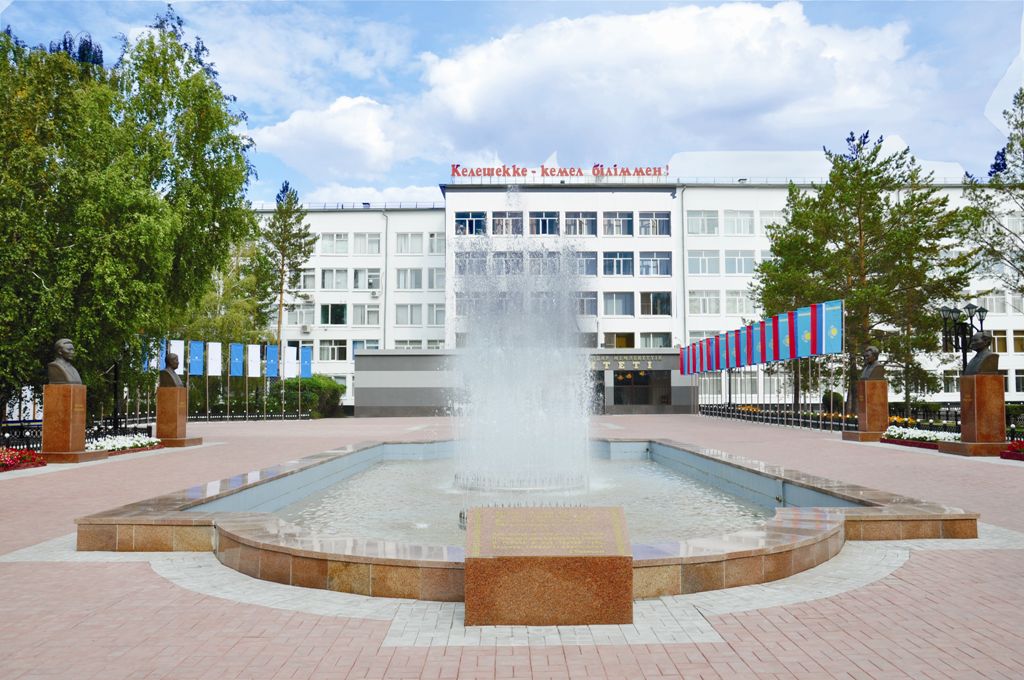Ғылыми кеңесте 2021 жылдың 10 ақпанында (№7 хаттама) Жаңа Computer Science факультетін (информатика факультеті) құру туралы шешім қабылданды.
ЖАҢА БАҒДАРЛАМАЛАР:
Мамандандырумен бір Computer Science (CS) білім беру бағдарламасы енгізілуде.
Мамандандыру екінші семестрден басталады.
2021-2022 оқу жылында 1 қыркүйектен бастап іске қосылатын CS мамандандыруы:
CS: киберқауіпсіздік,
CS: бағдарламалық жасақтама,
CS: Веб-әзірлеу,
CS: DevOps-инженерия,
CS: Графика, кеңейтілген және Виртуалды шындық.
2022-2023 оқу жылында 1 қыркүйектен бастап қосымша іске қосылатын CS мамандандыруы:
CS: Зияткерлік технологиялар,
CS: Big Data және деректерді талдау,
CS: Робототехника және интернет заттары.
Бағдарламалардың сипаттамасы:
CS: киберқауіпсіздік-Ақпараттық қауіпсіздік қатерлерін және деректерді жоғалту тәуекелдерін анықтайды, ақпаратты жоғалтудан қорғау үшін қауіптер мен шешімдерге қарсы іс-қимыл шараларын әзірлейді және енгізеді; деректердің сақталуын және құпиялылығын қамтамасыз етеді; IT-шешімдерді әзірлеуге және енгізуге қатысады.
CS: бағдарламалық жасақтама – маман бағдарламалық жасақтаманы белгілі бір сапада, белгіленген мерзімде және алдын-ала белгіленген бюджет аясында жасайды, сүйемелдейді және енгізеді.
CS: Веб-әзірлеу-web-бағдарламалау саласындағы маман, веб-қосымшаларды әзірлеу
CS: DevOps-инженерия-әзірлеу және басқару бөлімдерін басқарады, сонымен қатар әртүрлі бағдарламалық құралдарды қолдана отырып, олардың тапсырмаларын орындауды автоматтандырады, бағдарламалық өнімді құрудың барлық кезеңдерін синхрондайды.
CS: Графика, кеңейтілген және Виртуалды шындық - виртуалды және кеңейтілген шындықтың ақпараттық технологиялары мен бағдарламалық өнімдерін жобалау, әзірлеу, енгізу және қолдау.
CS: Зияткерлік технологиялар-зияткерлік жүйелерді дамыту: нейрондық желілер, ауылшаруашылық тану жүйелері, қызмет көрсету құрылымы, бизнеске арналған телеграм боттары.
CS: Big Data және деректер аналитикасы - математика, статистика, информатика, Информатика, бизнес және экономика салаларында білімі бар әмбебап маман (Data Scientist). нақты уақыт режимінде ақпараттық ағындарды қоса алғанда, барлық көздерден қажетті ақпаратты алыңыз және одан әрі бизнес-шешімдер қабылдау үшін оны талдаңыз.
CS: робототехника және Заттар интернеті-бағдарламаланатын логикалық контроллерлер, микропроцессорлар, ендірілген үлестірілген жүйелер және нақты уақыт жүйелері, робототехника құрылғылары мен жүйелері, заттардың өнеркәсіптік интернеті (IIoT) жүйелері негізінде технологиялық процестерді автоматтандыру жүйелерін әзірлеу.
Оқу кезінде қосымша мамандандыруды (minor) таңдауға болады (ТЕГІН).
2021-2022 оқу жылынан бастап:
- Графика және дизайн,
- Веб-бағдарламалау,
- Толықтырылған және Виртуалды шындық,
- SMM & SEO ,
- Бейнепродакшн.,
- Сандық дыбыс операторы,
2022-2023 оқу жылынан бастап:
- Ұшақ инженері,
- Big Data,
2023-2024 оқу жылынан бастап:
- Кибер-турист,
- Блокчейн.
Факультеттің Байланыс ақпараты
Computer Science факультеті
Павлодар қ., Ломов к-сі, 64, каб. №218
Тел: 8 (7182) 673629 (ішкі 1184)
Толығырақ ақпарат бойынша қоңырау шала аласыз
+7 705 725 6203.
Әлеуметтік желілер
Instagram
https://www.instagram.com/ithubkz/
Facebook
https://www.facebook.com/ITClasterToU
Telegram
https://t.me/tou_edu_kz







